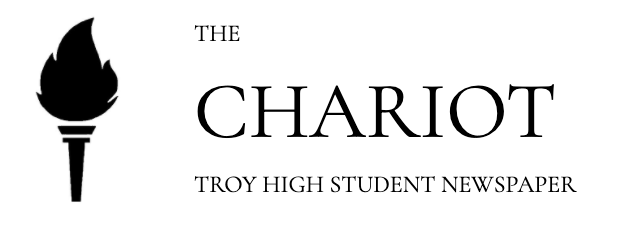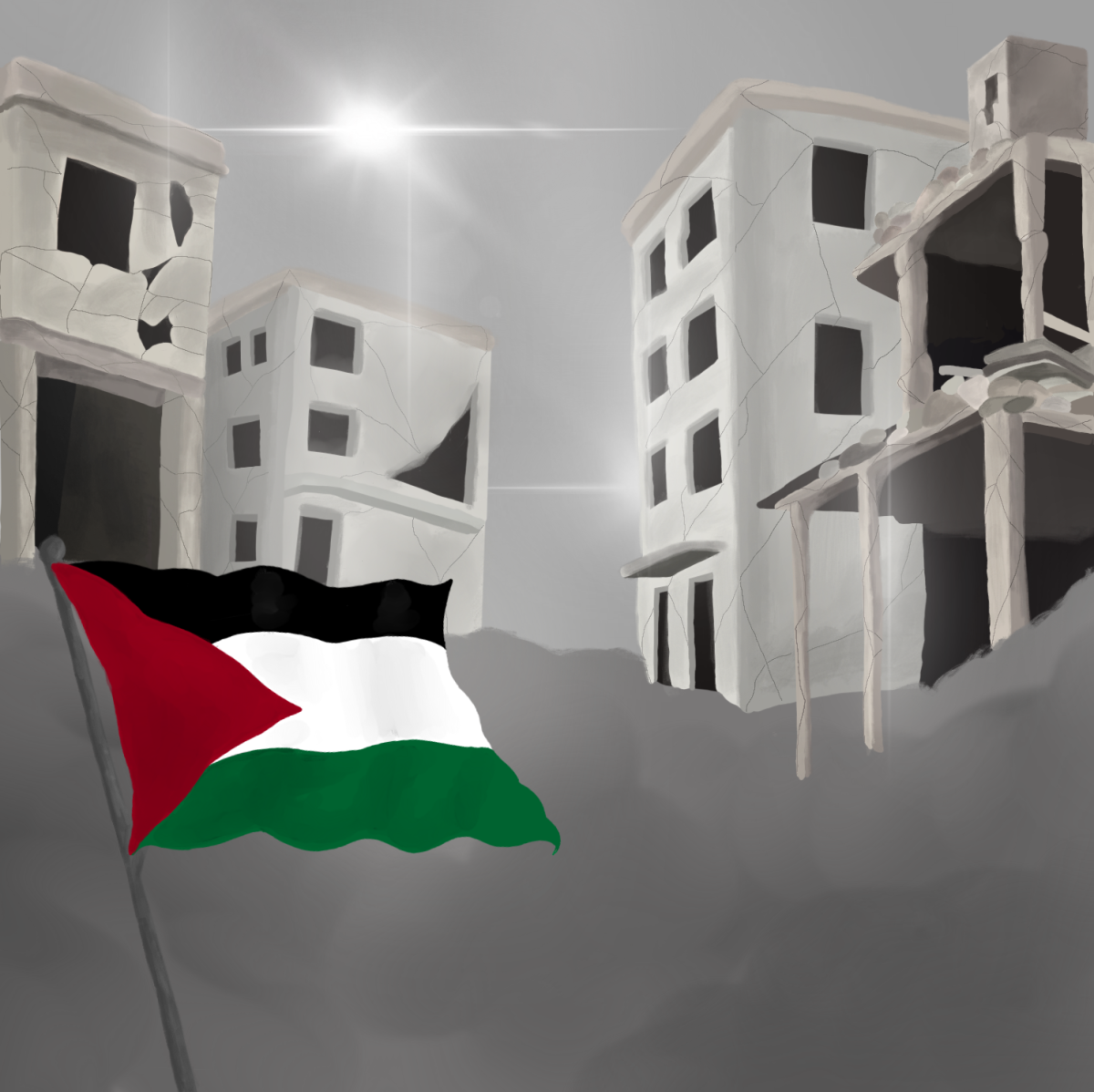The recent conflict in Gaza has caused a heavy division among people around the world, leading tensions to rise in areas thousands of miles away from the country at war. Many would think the situation between the Israelis and Palestinians started recently. However, that is not the case. Tensions between the two groups have dated back to the mid-19th century.
The conflicts started when the United Nations adopted the Partition Plan of 1947, also known as Resolution 181. This plan divided the country of Palestine into a Jewish state and an Arab state. Muslim Arabs and Jews were co-inhabitants prior to the Resolution. Both religious groups wanted to settle on Palestinian land due to Jerusalem having religious significance. However, Jewish European settlers started migrating to Palestine to escape the persecution they were facing in Europe. Later, they wanted to claim the land they were inhabiting as their homeland due to its ties to Judaism and prominence in the Torah. Palestinians resisted and did not want to give up the land that has holy significance. The United Nations thought their Partition Plan would bring peace between the two groups and resolve territorial conflicts, but it resulted in the two major Arab-Israeli Wars.
The wars ended in the hands of Israel, resulting in the Nakba, where thousands of Palestinians were kicked out of their homelands, displaced and killed by the Israeli army. The Palestinian country was shortly divided into three parts: the Gaza Strip, the West Bank and the State of Israel. The Israelis had control over the Gaza Strip and West Bank, which inhabits most Palestinians and is significant in terms of today’s dispute.
The Gaza Strip is located on the southwestern border of Palestine, along the Mediterranean Sea. Although this is a small strip, it’s a densely populated area, inhabiting more than 2 million people. Israel first occupied the land after the 1967 Arab-Israeli War. They took control of the land until 2005 when they withdrew their troops from the area. However, Israel still had control over the territory’s border, shoreline and airspace. Due to this, the United Nations considered the Gaza Strip a territory of Israel, but not until recent decades.
In 2007, an Islamist political and militant group called Hamas took control of the Gaza Strip after achieving victory against the Palestinian National Authority. The Hamas group was created as an armed resistance against Israeli authority.
In the 2000s, almost 80% of Palestinians in Gaza lived in poverty and couldn’t afford to buy basic necessities. The area relied heavily on humanitarian assistance. Even before the recent 2023-24 attacks, there was heavy tension between Hamas and the Israeli government. There were constant attacks and air strikes that Israel carried out on Gaza, causing widespread destruction and blackouts in the area. Gaza’s economy suffered tremendously from the constant fighting and attacks taking place.
On Oct. 7, 2023, Hamas launched a surprise attack on Israel. According to BBC News, Hamas’ gunmen stormed Gaza’s border into Israel and killed 1,200 of its civilians. 253 people were also taken hostage. The purpose of their attack was to get back at the horrible treatment Palestinians were facing from Israel and the expansion of Israeli settlements.
In response to the attack, the Israeli government declared war on Hamas. Ever since the attack on Oct. 7, the Israeli military has sent multiple air strikes and bombs toward the Gaza Strip, claiming to only be trying to kill Hamas soldiers, but thousands of innocent Palestinian citizens are being killed in the process.
The Palestinians in Gaza have faced hardship after hardship, having to face constant war and fighting. Their homes, workplaces and hospitals are continuously being bombed by air strikes. Citizens in Gaza are not even able to receive aid and necessities due to Israel preventing humanitarian aid from entering the area. Thousands of Palestanains are facing hunger and malnutrition. A genocide is taking place right in Gaza and Israel’s attacks are continuing to get more severe and brutal.
According to Gaza’s health ministry, the current death toll exceeds 30,000. Hundreds of thousands of Palestinians are killed every day. Israel blames these deaths on Hamas, still claiming that their fighters are hiding in civilian buildings and homes. Even the United States’ President Joe Biden claims the death toll reported by Gaza’s health ministry is false, due to the ministry being under the Hamas administration.
The United States has been an open supporter of Israel’s attacks since the war first started. Providing Israel with 3.3 billion dollars worth of foreign military aid. Many big American companies also show public support for Israel’s genocide, including companies like McDonald’s and Starbucks.
The war between Israel and Hamas has also affected neighborhood countries. In the beginning of the dispute, Syria fired their weapons into Israeli territory and Israel fired back by dropping bombs on Syrian airports. Recently, Israel bombed Eastern Lebanon near the border of Israel, carrying out multiple airstrikes. Many are hoping tensions between these countries don’t escalate into something bigger.
Many social media platforms and news channels have engaged in censorship against content supporting Palestine, making it difficult for people to properly educate themselves on this matter. The constant blackouts in Gaza also make it hard for stories and information to reach beyond Gaza.
Faris Abulaban, a Palestinian junior at Troy High School, describes the censorship placed on Western media. “People keep thinking history started Oct. 7: not true in the slightest. 1946 or 1948 is when the Israelis started just colonizing, massacring and stealing the homes of Palestinians that were just living in peace with multiple different religions,” said Abulaban. “People paint Israel as the victim or Palestine as a terrorist country. They realized the real information has been censored since the 1940s where Israel has taken the land of Palestine unwarranted.”
To show support, many pro-Palestine protesters have actively engaged in boycotts, protests and have turned to social media, trying to show support to Palestinians in Gaza and hoping their voices will help put an end to the fighting.
Regarding this matter, Abulaban states, “America is partnered with Israel. A lot of the big companies that run in America will obviously support Israel. Anything that has openly shared support for or pays money to Israel, boycott and not buy it.” He continues, “It’s not worth giving your money to support a genocide just for a bag of chips.”
Thousands of pro-Palestine protesters are demanding for a resolution to happen soon. However, negotiations regarding a ceasefire deal could happen shortly as the Muslim’s holy month of Ramadan steadily approaches. A deal could be reached if Hamas agrees to release some Israeli hostages, but a ceasefire has not officially been decided.
The conflict in Gaza has been a problem for decades now. With no resolution in sight, the situation keeps getting worse and worse with so many lives at stake.


